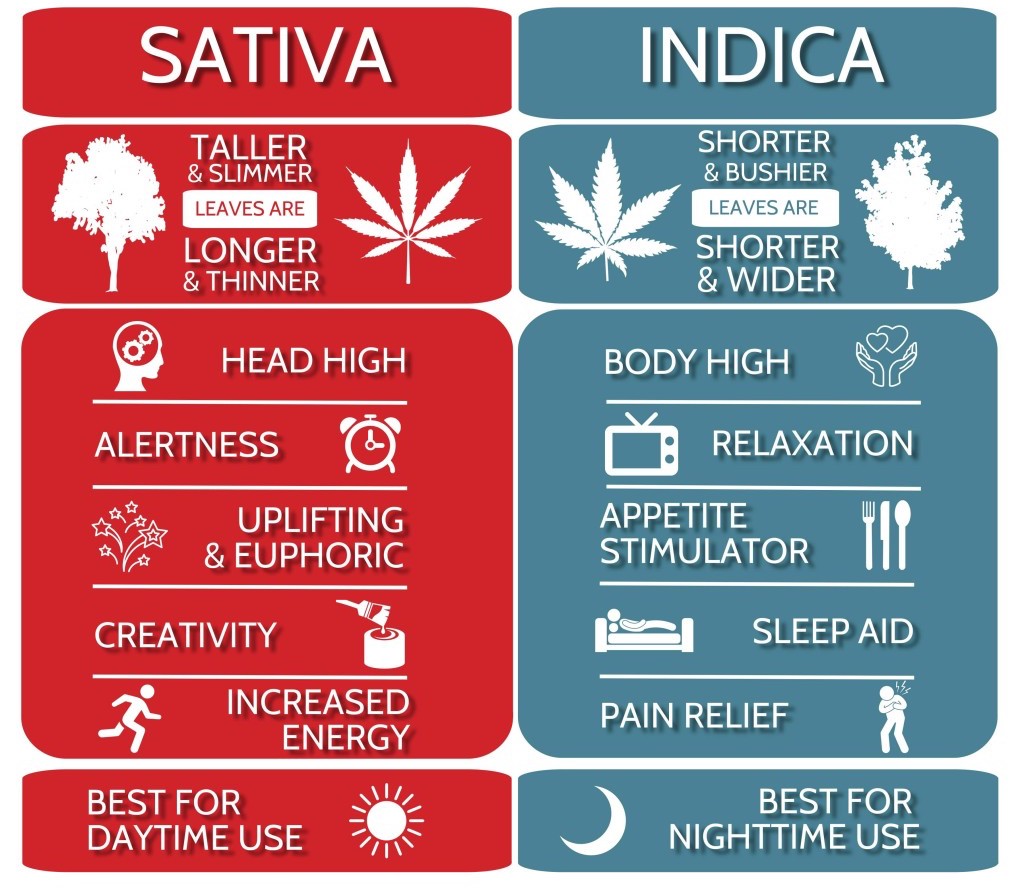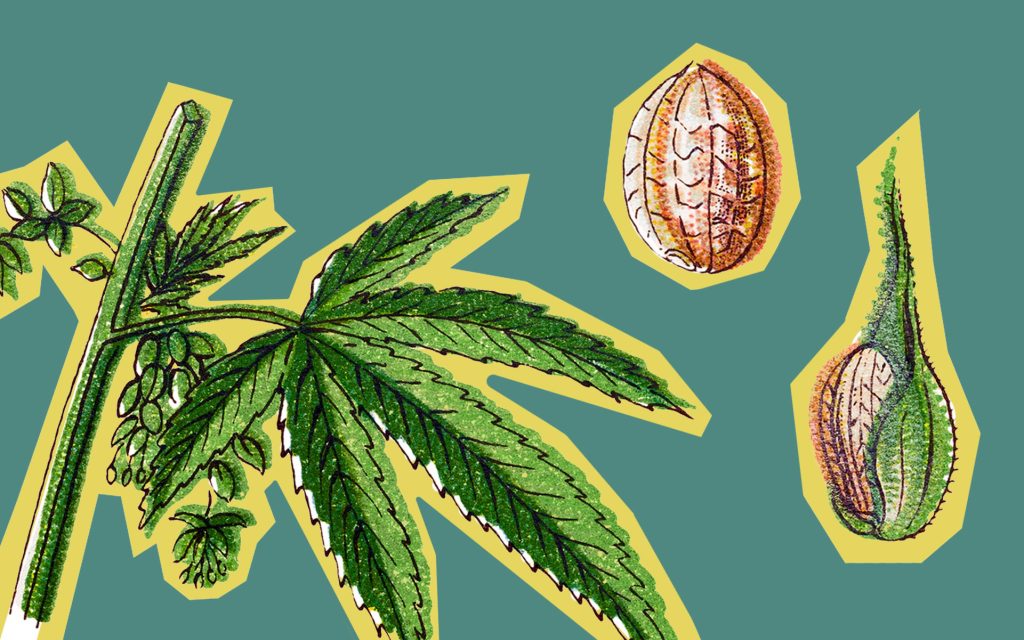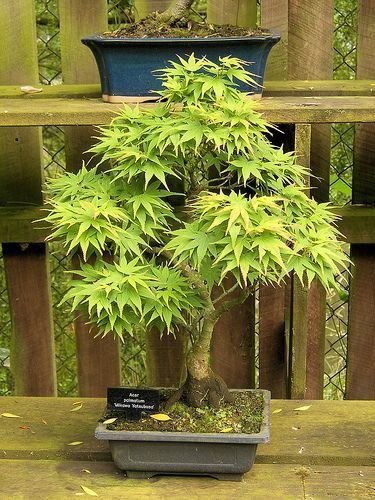Ever seen a strain name like Blue Dream x Northern Lights or Gorilla Glue #4 (Chem’s Sister x Sour Dubb x Chocolate Diesel) and wondered what all that actually means? You’re not alone. Cannabis strain genetics can sound like code — but once you understand the basics, they tell you a lot about what to expect: the plant’s look, flavor, potency, and effects.
Let’s decode the mystery and make sense of how cannabis genetics work.
In simple terms, genetics describe a strain’s family tree — its lineage. Each parent strain passes down traits like aroma, growth style, and chemical profile. That’s why Purple Haze smells fruity and uplifting while Northern Lights is sedating and earthy.
Think of it like human genetics: your parents shape who you are, but every cross is unique.
You’ve probably heard strains described as sativa, indica, or hybrid. These labels give a rough idea of how a strain might affect you:
For example, a 60% indica / 40% sativa hybrid might relax your body without putting you straight to sleep.

When two strains are bred together, their offspring inherit qualities from both parents.
If you see something like: Critical Mass x Skunk #1
It means breeders crossed those two strains to create something new — maybe more yield, better flavor, or stronger effects. Over generations, breeders selectively stabilize these traits until the new strain “breeds true,” meaning it consistently produces the same characteristics.
Breeders are like chefs, blending genetics to create new “recipes.” Some reasons they cross strains include:
That’s how famous hybrids like Gelato, Wedding Cake, or Girl Scout Cookies came to be — through years of careful selection.

Even within the same strain, not every plant will be identical. These variations are called phenotypes.
Imagine you plant five seeds of the same strain. Some might grow taller, some smell fruitier, some hit harder — that’s phenotype expression. It’s why growers often “pheno-hunt” for the perfect version of a strain before cloning it.
Genetics influence cannabinoid (THC/CBD) levels and terpenes (the aromatic compounds that give cannabis its smell and subtle effects).
For example:
So when reading strain genetics, these hints tell you whether a strain will lean more toward relaxation, creativity, or balance.
Classic strains like Skunk, Afghani, and Haze are the building blocks of today’s hybrids. Modern strains like Gorilla Glue, Zkittlez, and Runtz trace their roots back to these legends — just like how new dog breeds descend from ancient lineages.
Understanding genetics helps you spot patterns: if you love one strain, try others that share a parent. For example, fans of Gelato might also enjoy Wedding Cake or Ice Cream Cake.
Learning to read cannabis genetics is like unlocking a map — it helps you predict flavor, potency, and the type of high before you even open the jar.
So next time you see a label like Critical Kush (Critical Mass x OG Kush), you’ll know it’s likely relaxing, earthy, and strong. The more you learn about strain lineage, the easier it gets to find your perfect match — whether you’re after focus, fun, or pure chill.
